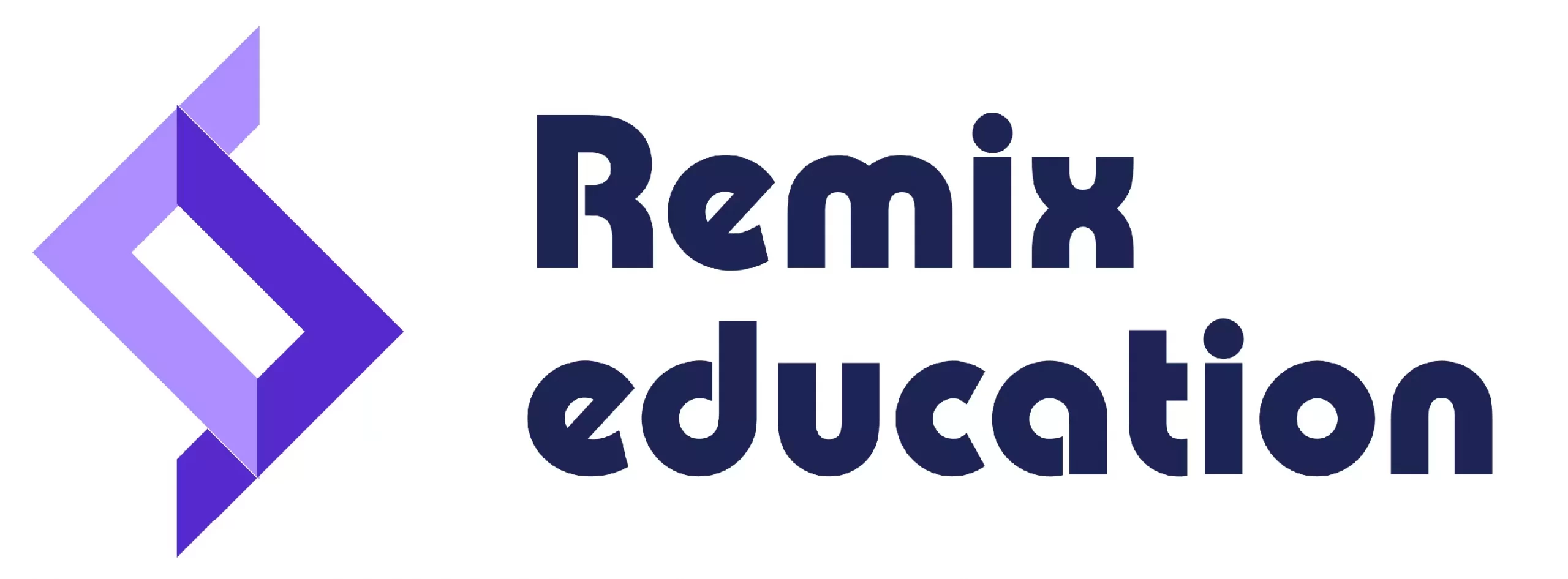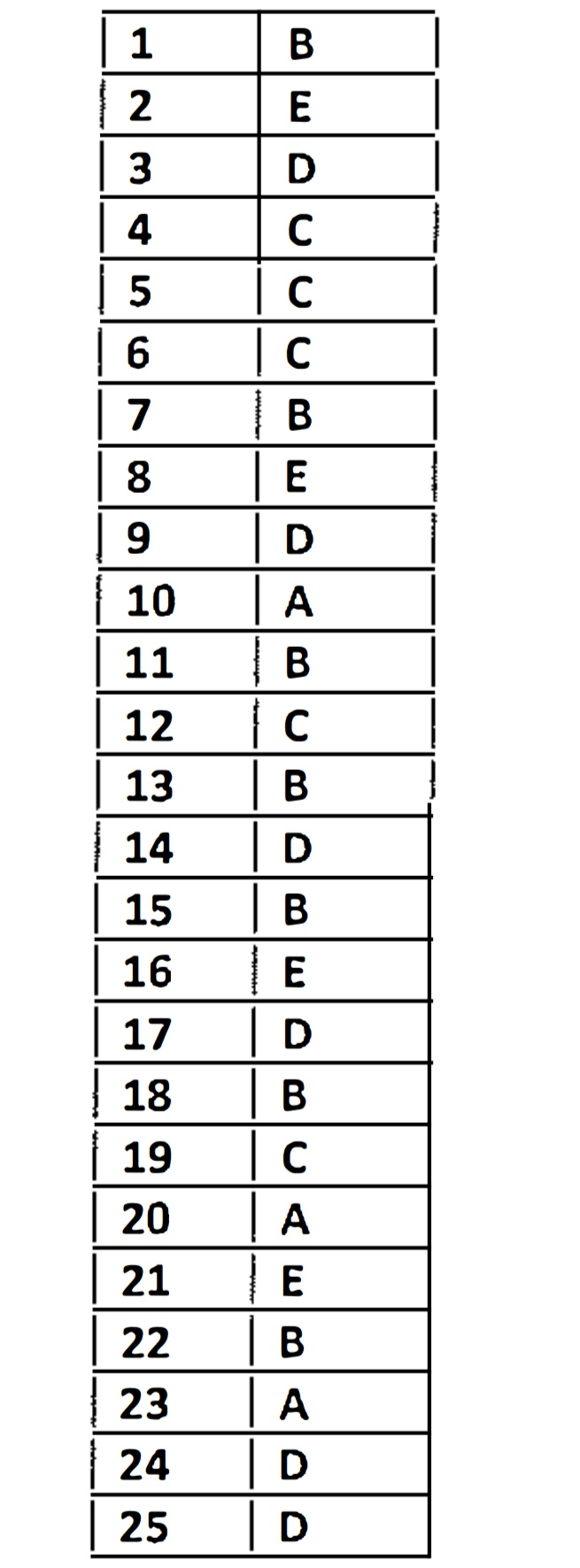1 Concerning the cardiac action potential
A Phase 1 is due to rapid sodium influx
B Resting membrane potential is typically -90mV
C Phase 2 results from slow prolonged opening of sodium channels
D The action potential lasts 20ms
E Phase 3 is due to potassium efflux only
2 Concerning the cardiac conduction system
A The sinoatrial node is the cardiac pacemaker due to its anatomical location
B The delay at the AV node is O.Sms
C The bundle of His has the highest conduction rate
D The conduction rate through the SA and AV nodes is 1m/s
E The conduction rate through the Purkinje system is 4m/s
3 Regarding pacemaker potentials
A Depolarisation is initiated by opening of calcium channels
B long-lasting calcium channels open to produce the pre-potential
C The resting membrane potential is -90mV
o Repolarisation is caused by opening of potassium channels
E Sympathetic stimulation results in hyperpolarisation
4 Ventricular ejection
A is phase 2 of the cardiac cycle
8 is of constant rate throughout the phase
C results in peak left ventricular pressure of 120mmHg
D ejects 120ml of blood
E immediately precedes isovolumetric contraction
5 Concerning the cardiac cycle
A 70% of ventricular filling occurs as a result of atrial contraction
8 Phase 1 corresponds to isovolumetric contraction
C Phase 2 lasts O.OSs
D Phase 4 is ventricular filling
E Most coronary blood flow occurs in systole
6 Regarding the jugular venous pulse
A The a wave is caused by atrial diastole
8 The c wave is due to atrial contraction
C The v wave is caused by opening of the AV valve
o Cannon waves occur in tricuspid insufficiency
E complete heart block does not cause a wave abnormalities
7 Regarding heart sounds
A The 3rd sound is always pathological
8 The 2nd sound is shorter than the 1st
C The 4
th sound is due to normal rapid ventricular filling
D Splitting of the 2″ sound is pathological
E Aortic insufficiency will cause a systolic murmur
8 The following conditions affect cardiac output EXCEPT
A Pregnancy
B High environmental temperature
C Sitting from a lying position
D Eating
E Sleep
9 The Frank-Starling curve shifts to the right as a result of
A Circulating catecholamines
B Sympathetic stimulation
C Digoxin
D Hypoxia
E Alkalosis
10 Concerning the percentage of blood volume contained in the cardiovascular system, which of the following is correct?
A Venous system – 54%
B Aorta -12%
C Capillaries – 23%
D Arterioles – 5%
E Heart – 25%
11 Concerning arterial circulation
A Aortic flow is 10m/s
B Negative aortic flow may occur in diastole
C The windkessel effect describes the effect of gravity on arterial pressure
o Most resistance occurs in the large arteries
E Arterial pressure in the foot during standing exceeds 250mmHg
12 Functions of the lymphatic system include all of the following except
A transport of long chain fatty acids from the intestine
B transport of protein
C removal of clotting factors
o control of interstitial fluid volume
E carriage of bacteria to lymph nodes
13 Substances secreted by the endothelium include all olthe following EXCEPT
A Prostacyclin
B Thromboxane A2
C Nitric oxide
D Endothelins
E Angiotensin converting enzyme
14 Vasopressin
A is produced by the anterior pituitary
B decreases the permeability of the collecting ducts to water
C exerts its antidiuretic effect via Vz receptors
D exerts its vasoconstrictor effect via VlA receptors
E is released in response to reduced plasma osmotic pressure
15 Which of the following is the most potent vasoconstrictor
A Bradykinin
B Angiotensin II
C Noradrenaline
D Adrenaline
E Neuropeptide V
16 The following factors cause vasodilation
A Endothelin-1
B Hypokalaemia
C Hypothermia
D Neuropeptide Y
E Substance P
17 The organ with the greatest blood flow per gram is
A Brain
B Heart muscle
C Liver
D Kidney
E Skeletal muscle
18 The percentage of cardiac output received by the brain is
A 3%
B 13%
C 23%
D 33%
E 43%
19 Concerning the cerebral circulation
A. The capillaries contain no fenestrations, thus maintaining a blood/brain barrier
B. It is not possible to measure cerebral blood flow by the Fick method
C. Hypertension associated with the cushing response is due to ischaemia
D. The Monroe-Kelly doctrine states that cerebral blood volume is inversely proportional to (SF volume
E. Autoregulation is ineffective above 120mmHg
20 The following organs lie outside the BBB EXCEPT
A Anterior pituitary
B Posterior pituitary
C Area postrema
D OVLT
E Subfornical organ
21 The following substances passively cross the BSS with ease
A Free hydrogen
B Amino acids
C Bicarbonate
D Choline
E Carbon dioxide
22 Concerning CSF
A 1500ml is produced per day
B 70% is formed by the choroid plexus
C Bicarbonate is higher than in plasma
D pH is usually 7.50 or higher
E Glucose is higher than in plasma
23 Concerning baroreceptors
A Baroreceptors are spray-type nerve endings in the walls of arteries
B Baroreceptors are only located in the carotid sinus and aortic arch
C Response to stationary pressure is greater than to rapidly changing pressureo
D. Impulses are transmitted to the vasomotor centre located in the midbrain
E Impulses lead to stimulation of the tractus solitarius
24 Concerning nervous control of circulation
A The Bainbridge reflex is peripheral vasodilation in response to atrial stretch
B The CNS ischaemic response activates below lOOmmHg
C Arterial chemoreceptors provide minute to minute BP control in normal circumstances
D. Atrial stretch causes reflex renal vasodilation
E Afferents from baroreceptors reach the medulla via the vagus and phrenic nerves
25 Concerning coronary blood flow
A In keeping with other organs, blood flow is greatest in systole
B Subendocardial flow is greater than epicardial flow at all times of the cardiac cycle
C Coronary artery flow is largely dependent on sympathetic control
D. Adenosine is released in response to hypoxia
E Autoregulation is less important than nervous control of blood flow

